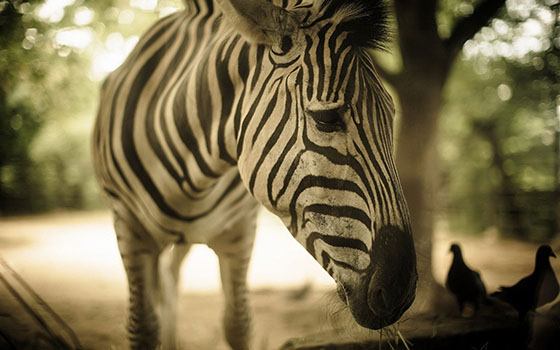Cosplay, a colourful shape of overall performance art where fanatics get dressed up as characters from anime, video video games, films, and other genres, has advanced past mere dress play. It’s a party of creativity and fandom, allowing people to embody their preferred personas. however, the environmental impact of making tricky costumes can’t be overlooked. As cognizance approximately sustainability grows, many cosplayers are adopting practices to reduce their carbon footprint even as nonetheless wonderful on the conference ground.
One large step in the direction of sustainable cosplay is selecting substances wisely. conventional gown fabric like artificial fibers contribute to microplastic pollution when washed. opting for natural cotton, hemp, or bamboo blends can reduce this environmental risk. additionally, repurposing old garments or cloth scraps not simplest saves assets however additionally adds specific touches to costumes. vintage apparel stores and thrift stores regularly turn out to be treasure troves for creative cosplayers trying to give new life to forgotten garments.

another crucial issue of sustainable cosplay lies in crafting methods. Hand-stitching costumes, though time-consuming, uses less energy in comparison to device sewing and lets in for extra manipulate over material waste. virtual printing, which has revolutionized costume layout with its precision, additionally allows cosplayers to create elaborate designs without excess cloth usage. Embracing DIY techniques similarly promotes sustainability with the aid of encouraging self-sufficiency and decreasing reliance on , disposable items.
add-ons, frequently the of entirety to any excellent cosplay, also gift opportunities for eco-aware alternatives. as a substitute of buying plastic or metallic portions that may end up in landfills, cosplayers can opt for biodegradable or recyclable substances which includes wooden, paper mâché, or herbal latex. Upcycling family objects into add-ons showcases ingenuity and commitment to the environment. A discarded lampshade may remodel into an alien headpiece, demonstrating that sustainability doesn’t compromise creativity.

Transportation to cons and events is any other location in which cosplayers can make greener alternatives. Carpooling with fellow attendees or the usage of public transportation reduces carbon emissions related to journey. For folks that pressure, electric powered motors provide a cleanser alternative. making plans ahead to combine a couple of activities into one experience also can decrease the overall environmental effect.
in the end, promoting focus and teaching others about sustainable cosplay practices is critical. Cosplayers who include methods can inspire their friends thru social media, workshops, or clearly by sharing their reports. Collaborations between cosplayers and environmental companies can similarly increase those messages, encouraging wider adoption of sustainable practices within the community.
In conclusion, cosplay and environmentalism intertwine beautifully when considerate moves are taken. by selecting sustainable materials, embracing crafting strategies, making conscious accessory selections, optimizing journey preparations, and spreading consciousness, cosplayers can revel in their passion at the same time as maintaining the planet for destiny generations. the key lies in recognizing that every small movement contributes to a larger superb change, making our shared hobby now not only enjoyable however additionally responsible.


